Garmin Handheld GPS vs iPhone 14 Pro
The prevailing wisdom suggests that flagship smartphones like the iPhone 14 Pro can’t compete with dedicated GPS devices in terms of durability, battery life, and gloved operation. However, they are believed to hold their own in accurate data logging due to their advanced hardware and software capabilities. But is this belief well-founded? In the following rudimentary test, I compare the accuracy of the iPhone 14 Pro to that of the Garmin Oregon 600t and GPSMAP 67 side by side to see how they perform in real-world applications.
For a more in-depth look at the Garmin GPSMAP 67, please check out my preliminary review here.
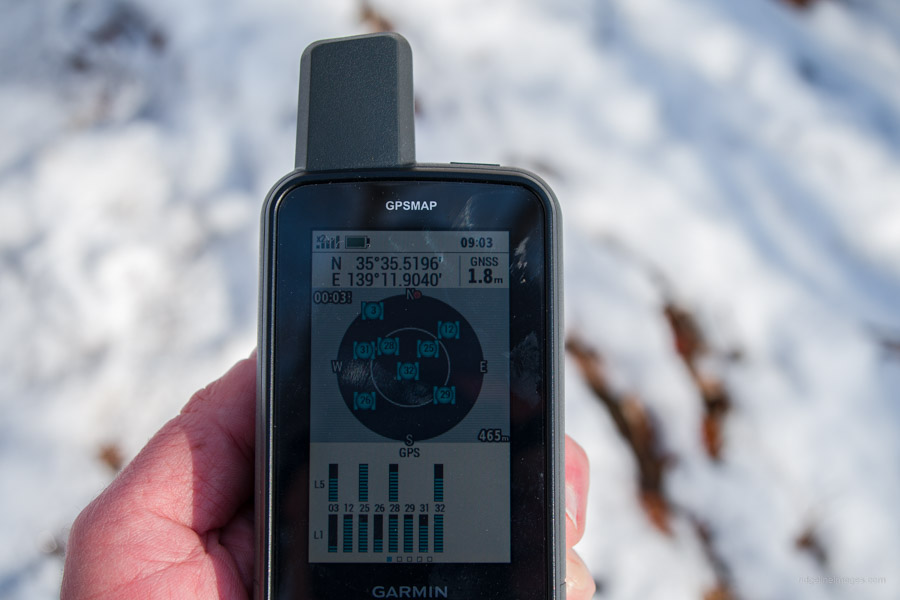
GSPMAP 67 accuracy down to 1.8 metres.
Before we delve into the test methodology and results, let’s explore what these devices offer in terms of GPS readiness:
- The iPhone 14 Pro and GPSMAP 67 both feature dual-frequency GPS support, which enhances location tracking accuracy with systems like GPS, GLONASS, Galileo, QZSS, and BeiDou. In contrast, the Garmin Oregon 600t is limited to GPS and GLONASS.
- Both the iPhone 14 Pro and GPSMAP 67 can receive signals from GPS satellites operating on both the legacy L1 frequency and the newer L5 frequency. Additionally, the GPSMAP 67 benefits from receiving and displaying the latest L5 Block III satellites.
- L5 satellites broadcast a more advanced, higher-power signal that can penetrate obstacles like buildings and trees better than L1 signals. By combining both L1 and L5 signals, the iPhone 14 Pro and GPSMAP 67 achieve improved location accuracy caused by environmental interference.
- As of June 15, 2023, there were 18 satellites broadcasting L5 signals in orbit, providing users worldwide with the most advanced civilian GPS signal available.
GPS Comparison Study
Aim:
The aim of this study is to evaluate and compare the performance of three GPS devices: namely the iPhone 14 Pro, the Garmin Oregon 600t, and the GPSMAP 67.
Specifically, I aim to assess their accuracy in real-world scenarios, focusing on GPS data logging during outdoor activities such as hiking.
Hypothesis:
Despite lacking the ruggedness of dedicated GPS devices, the iPhone 14 Pro’s advanced hardware and software will offer comparable GPS data logging accuracy in real-world conditions, including areas with challenging signal reception.
Equipment:
- iPhone 14 Pro (running iOS 17.3.1)
- Garmin Oregon 600t (version 5.60)
- Garmin GPSMAP 67 (version 6.62)
- GPS data logging app for iPhone (Ride with GPS)
- Topographic map of Mt. Sekiro trail
- Camera (for documentation)
Location Selection:
I selected Mount Sekiro, which stands at an elevation of 702 metres. The mountain is located approximately 50 kilometres west of Tokyo. It offers a mix of challenging terrain, including dense overhead forest and deep gullies. These features provide an ideal environment to test the capabilities of each device. The weather on the day of the test was partly cloudy.
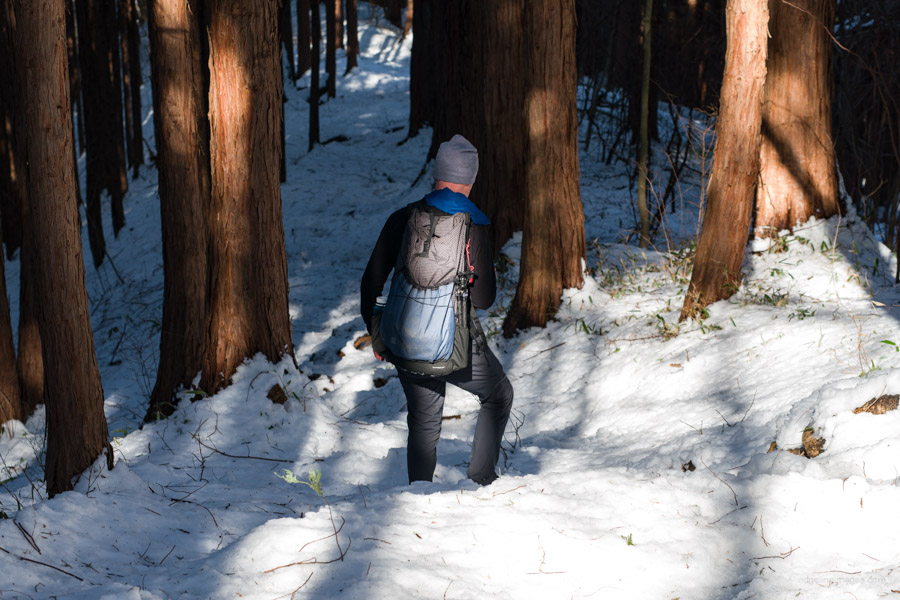
Mt. Sekiro was selected for its diverse terrain.
Data collection:
Hike the Mt. Sekiro loop trail (8.5 km) while carrying all three devices simultaneously in the same location (rear backpack pocket).
Continuously log GPS data on all devices throughout the hike. For the iPhone 14 Pro, I will be using Ride with GPS, a best-in-class route planning and navigation tool. Set the GPSMAP 67 to multi-band with the activity recording rate set to “More Often” on both Garmin devices.
Record the start and end points of the hike on all devices.
Data analysis:
Download and compare the GPS data logs from all three devices using Ride with GPS.
Analyse key metrics such as track accuracy, distance travelled, elevation data, and variations in signal strength. Visualise the data on a map to compare track overlap and discrepancies.
| GPSMAP 67 | iPhone 14 Pro | Oregon 600t | |
|---|---|---|---|
| Total distance | 8.5 km | 8.7 km | 8.3 km |
| Ascent | 574 m | 518 m | 533 m |
| Descent | 534 m | 477 m | 539 m |
| Highest elevation | 728 m | 731 m | 713 m |
Results:
Let’s diving into how each device performed, starting with the iPhone 14 Pro. While it initially worked well, diligently logging each twist and turn of the trail, it encountered its first signal loss 1.2 kilometres into the hike. On that occasion, it didn’t regain the signal until 150 metres later. Throughout the hike, it repeated this pattern a total of nine times (distances in excess of 100 metres), with the longest section without a recorded data log spanning 300 metres. Along paved roads with little tree cover, it performed better than the Oregon 600t, though it was outperformed by the GPSMAP 67, which maintained course more accurately most of the time. The total recorded distance travelled was 8.7 km (200 metres over the official course distance). The iPhone miscalculated the summit by 29 metres, which was the highest among the three devices.
Next up is the tried and tested Oregon 600t, which, as anticipated, performed very well. I have relied on this Garmin GPS for over eight years, and while it occasionally veers off course, it seldom loses satellite signal. It consistently delivers reasonably accurate track logs with very few spikes, as it did again on this occasion, despite lacking dual-frequency GPS support. Intermittently checking the satellite page showed an accuracy of around 3 metres. It overestimated the summit by 11 metres, the least amount among the three. The total recorded distance travelled was 8.3 km.
Lastly, the GPSMAP 67 performed the best, as expected. A close examination of the tracklog reveals excellent accuracy, with rare instances of drifting off course. However, it wasn’t flawless, as it also overshot the highest elevation by approximately 26 metres. This discrepancy could possibly be attributed to atmospheric conditions, as all three devices overestimated the elevation on the day of testing. I posit this because on my first hike with the GPSMAP 67 last month, the elevation was accurate within a few metres. Intermittent checks of the satellite page showed an accuracy of around 1.8 metres. The total recorded distance travelled was 8.5 km, which corresponds to the official course distance.
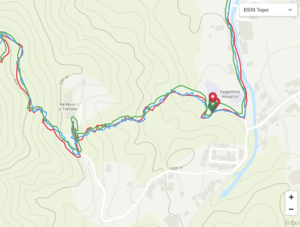
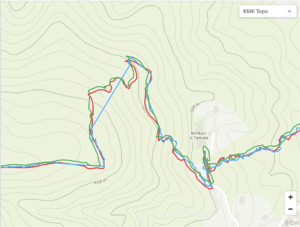
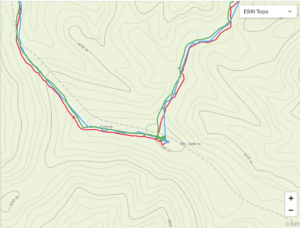
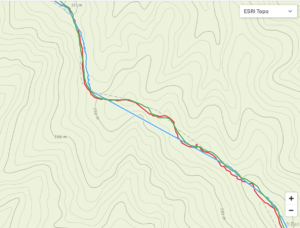
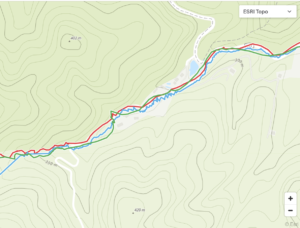
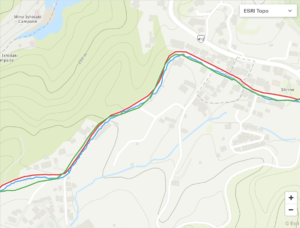
Key Findings:
Dual-frequency disappointment: Despite its impressive specs, the iPhone 14 Pro performed the least favourably. While it initially captured the route, frequent signal dropouts (nine instances, longest gap of 300 metres) compromised its reliability and tracklog usability. While excelling in clear, open rural settings, it struggled in challenging terrain. Typically, after a hike, I perform a GPX track “clean up” using Ride with GPS, which adjusts the hike track and metrics to maintain accuracy. However, given the number of dropouts experienced with the iPhone, I would be very reluctant to upload this tracklog to my blog for other users to download. Such frequent signal dropouts over significant portions of the track really undermine your confidence in its reliability.
Reliable veteran: The Garmin Oregon 600t, despite lacking dual-frequency GPS, delivered reasonably accurate tracklogs. Occasional veering off course occurred, it experienced no signal loss, and its accuracy of around 3 metres isn’t far off the GPSMAP 67.
Top performer: Demonstrated the best overall accuracy, rarely drifting off course and displaying excellent tracklog details. However, like the other devices, it slightly overestimated the summit elevation, possibly due to weather conditions.
Conclusion:
While it’s possible to consider that the iPhone 14 Pro simply had a bad day, the frequent and significant signal dropouts experienced suggest a systemic issue rather than a chance occurrence. This likely stems from several factors, including the antenna size and placement compared to dedicated GPS devices and the added demands of its multi-functionality. For users venturing into areas with potentially weak signal reception, understanding the limitations of smartphones like the iPhone 14 Pro even with dual-frequency GPS support is crucial. If your activities require superior reliability and precise navigation, investing in a dedicated GPS device offers a significant advantage.
Disclaimer:
This test provides a limited snapshot of performance and should not be taken as a definitive ranking of all devices under various conditions. Further testing in diverse conditions is recommended for a more comprehensive comparison.
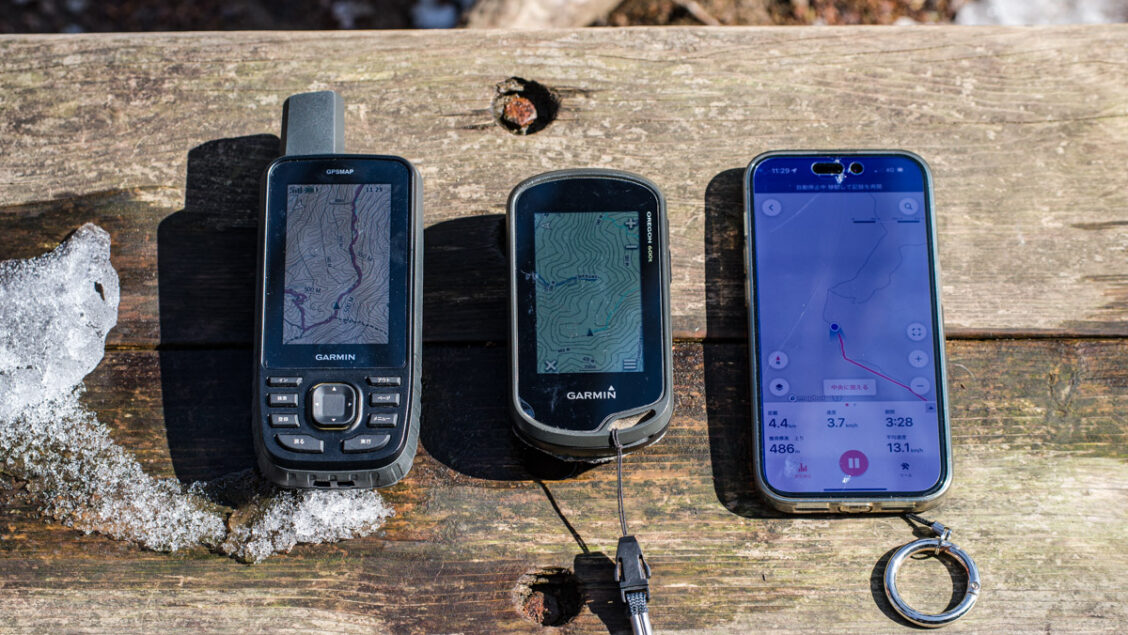
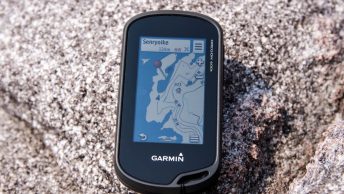
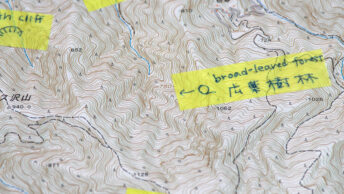
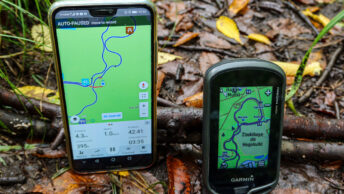
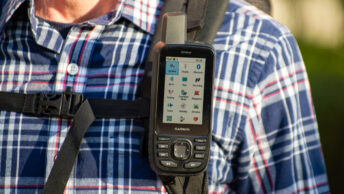


Nice test! Would have been interesting to also see how a GPS watch does in comparison with the handheld GPS – also curious about comparing the loss of performance when wearing the GPS as a watch, versus carrying it in the backpack.
Thanks, Carlos!
Indeed, comparing a GPS watch to a handheld GPS would have been interesting. Also, as you say exploring the performance difference when wearing the GPS watch versus carrying it in a backpack pocket could show how well it holds up when the going gets tough. Perhaps a future experiment awaits!
Be careful or you’ll end being the DC Rainmaker of hiking and outdoor electronics and gadgets.
Seriously though, great article and comparison.
Hey Jesse, thanks a lot for the comment! Looks like I’ve got my work cut out for me trying to reach that guy’s review count.
Thanks for a very interesting comparison. Looks like a beautiful hike. I’m based over in Spain and I’m currently disabled and use a quad bike to get around the mountains on over here and I’m looking for either a dedicated GPS I was going to ask you whether you feel the iPhone 14 Pro Max would fare any better to the iPhone 14 Pro because that is the phone I have but I don’t know if there are any differences between the two apart from screen size and other things apple mention. Do you have any comments? Thanks again.
Hi Neil, thanks for your comment. I’m glad you found the comparison interesting. While the iPhone 14 Pro models are similar, the Pro Max’s bigger battery and screen might be helpful. However, a dedicated GPS could be even better with its durability, long battery life, and features specifically designed for trails and outdoor activities. Consider a rugged phone case and portable charger if you stick with your phone.
Great comparison thanks! I use my iPhone 12 mini as a mountain bike computer and have found the accuracy falls off a cliff when it’s in a pocket of any kind as opposed to being mounted on my bike. A follow up would be great with the devices mounted in the open.
Thanks for the comment, Mike.
You pretty much nailed the main issue with the iPhone – the antenna size. As you noted, its accuracy really drops when it’s tucked away rather than mounted or worn out in the open. The Garmin, on the other hand, doesn’t seem to vary much whether it’s in a pocket or on a backpack tether. I’ll definitely give some thought to a follow-up with the devices mounted in the open.